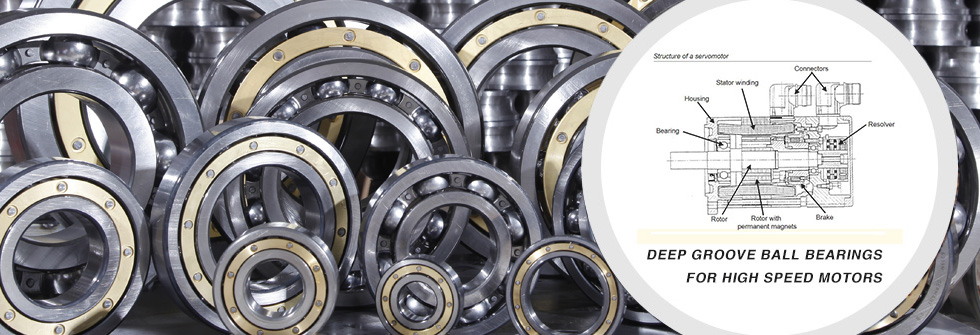How VFD causes motor failure
2015-08-04Damage to windings and bearings is caused by repetitive and rapid pulses applied to the motor from a
modern VFD’s non-sinusoidal power-switching circuitry. The names used to describe this phenomenon include
harmonic content, parasitic capacitance, capacitive coupling, electrostatic buildup, and common mode voltage.
Regardless of the name used, high peak voltages and fast voltage rise times can cause cumulative degradation of
insulation, bearings, coil varnish, etc. If the load impedance is higher than the line impedance, current is reflected
back toward the VFD, creating voltage spikes at the motor terminal that can be twice as high as the DC voltage.
The cumulative bearing damage caused by VFD-induced currents is often overlooked until it is too late to save
the motor.












